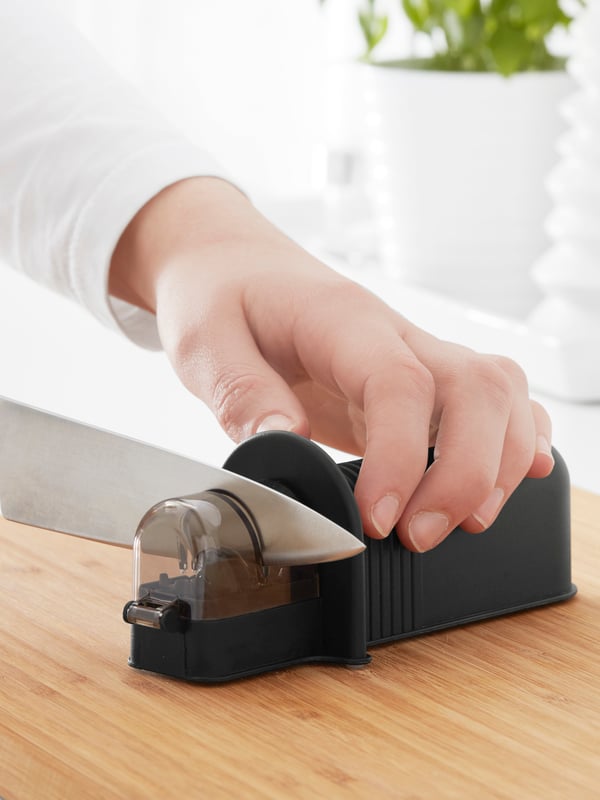How to care for your knife
Even the most basic of home cooks use a knife almost on a daily basis. If properly cared for, they could last you a lifetime and make preparing meals faster and more enjoyable. Here are some tips on how to keep your knives (and your chopping skills) sharp.





